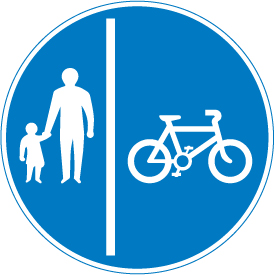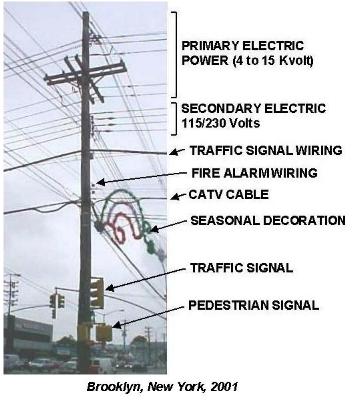I can see your problem, and I have argued what is two way, and what is three way?
I would have said if you can put a switch in one of two positions it is two way, but that is not correct, not only must it have two positions but both positions must conduct power either to one terminal or another, so a three position switch with centre off is not a three way switch, and there is not way through switch in centre position. It is just a two way switch.
So a rotary switch off, low, med high as used with a fan is four position but three way.
In other words the two way refers to type of switch, not how it is used. A switch which works two lights wait and enter is a two way switch. But not what we consider as a two way lighting circuit. To get a single light to work with two switches there are two basic methods, in school I was shown this
the problem is to use it means a connector block in the switch, so we have used this
but today we seem to be moving yet again this
with a slave terminal seems to be the new method, which allows the dimming to be controlled from either switch, or in this case also can use a remote control or hub and internet control. The main problem is
MIHO43 User Guide said:
IMPORTANT:The Master and Slave units will NOT operate with any other manufacturer’s switches in a two way configuration. Doing so will permanently damage the switch units.
it seems gone are the days of mix and match.





